Written by Lorrie Reynolds
Categories
Dogs Can Be Trained for Agility Competition through Short Sequences
I was fortunate to have a phenomenal young agility dog named Dash. Why have you never heard of him? Well, unfortunately, after one agility trial, he became the property of my ex-husband, and although I was promised he would continue in agility, he never competed again.
As sad as that is, Dash did manage to prove one myth wrong for me. It’s best explained with a story.
Dash was truly a wild child. He was a Terrier/Border Collie mix, and had the tenacity of a Terrier combined with the unending energy of a Border Collie.
He would play ball for hours, or train for hours, but he also had some bad habits like grabbing and ripping clothing and jumping up to shoulder height in front of you when you least expected it. Oh, and he barked. All. The. Time.
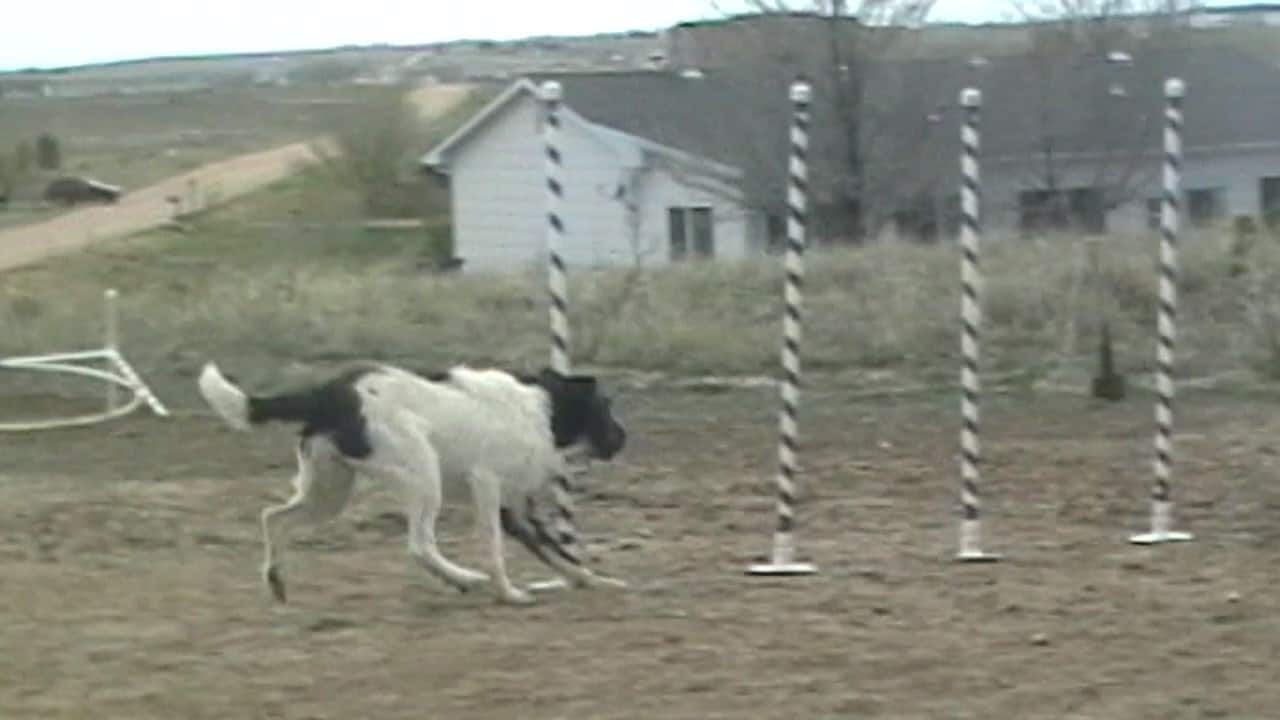
His basic agility training took longer than any other dog I have owned. It wasn’t because he wasn’t smart – it was because his energy was so over-the-top. By the time we got those issues under control in an exciting setting, he had all of the obstacle and handling skills down pat.
I decided to enter him in a trial with my other two dogs, just to see where we were in our training. The first day was not great, with typical “green dog” issues like getting a bit distracted and knocking a few bars.
But the second day? Wow! Six runs, six qualifiers, several of them first place. He was fast, he nailed all his contacts, he got his weaves, and he kept all the bars up.
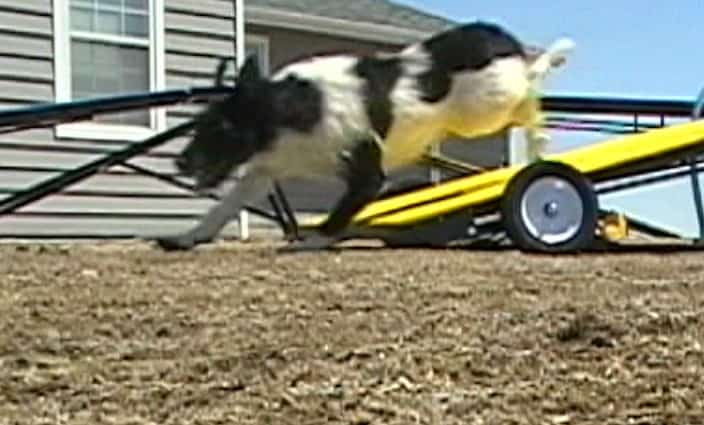
The most shocking part? Because of his craziness, we had never actually run a full course, only sequences of 5 – 10 obstacles. Yep, his first full course was at a trial.
This is definitely a case of do as I recommend, not as I do. All of my other dogs were able to run an elite course in training before I ever put them in the ring. I’ve always recommended that students wait to enter a trial until they can run a full course in practice (and I still believe that’s the best way to go).
However, there is a misconception that you have to train on full courses to get your dog ready to trial. Many of the higher-level weekly agility courses follow the format of run a full course, figure out what you did “wrong”, and run the course again, trying to fix the mistakes.
Here’s the issue with that approach – most of the time, after the first issue on the course, your handling plan goes out the window and you focus on just getting through the rest. The focus is less on improving your handling and teamwork and more on making it through the course.
Even if you don’t have room or equipment at home to set up a full course, that doesn’t mean you can’t compete.
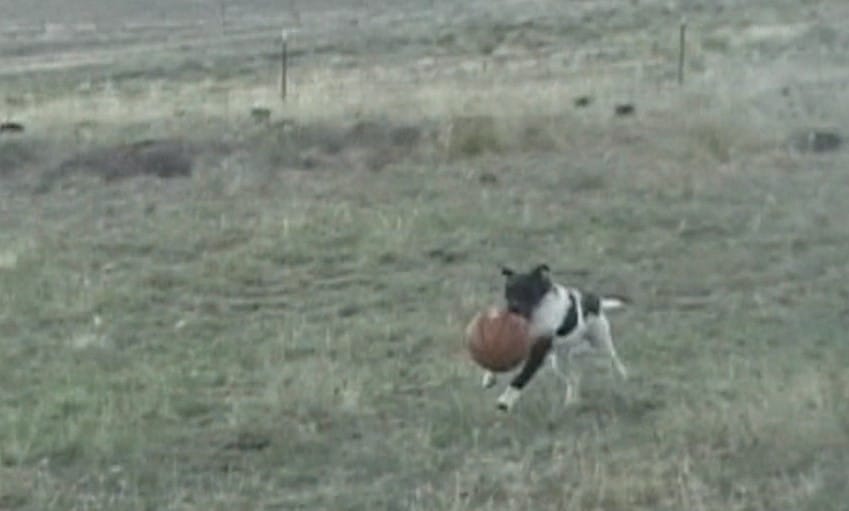
Today’s training tip for agility dogs
Focus on shorter sequences and exercises that build your skills and connection as a team during training. Full courses should be a tool you use to gauge your progress and identify weaknesses, not the mainstay of your training program.
You Might Also Like…
Five Ways to Crush It at Your Next Dog Agility Seminar
Going to a dog agility training seminar? Check out these five tips to maximize your return on investment!
Read This Before Deciding on Your Agility Dog’s Contact Performance
Which contact performance, running or stopped, is right for your team? The answer might surprise you.
Is Your Agility Dog a Pinto or a Ferrari?
If you’ve moved up from a slow or moderately-fast agility dog to a speed racer, here’s some advice to make your life easier.
Get tips, stories, discounts, and early notification of events and new courses delivered straight to your inbox! Join the community!
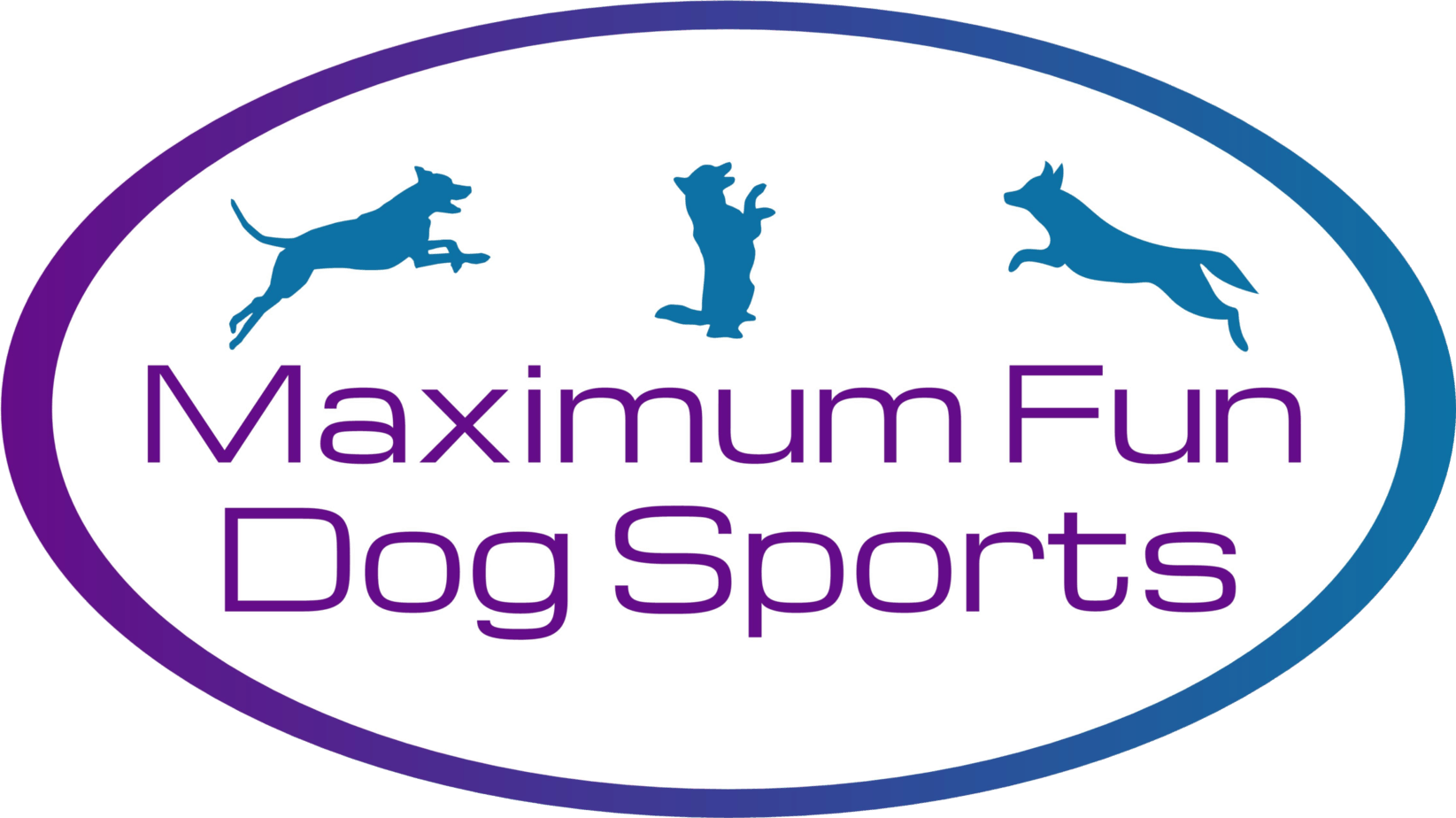
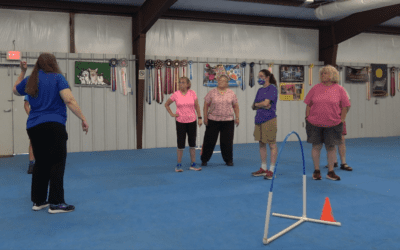
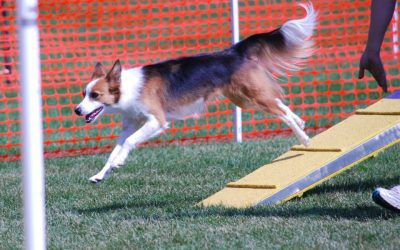
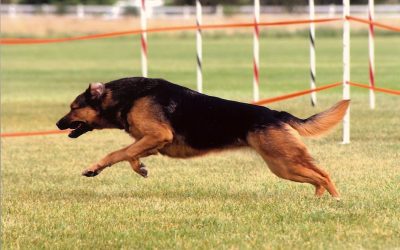
0 Comments